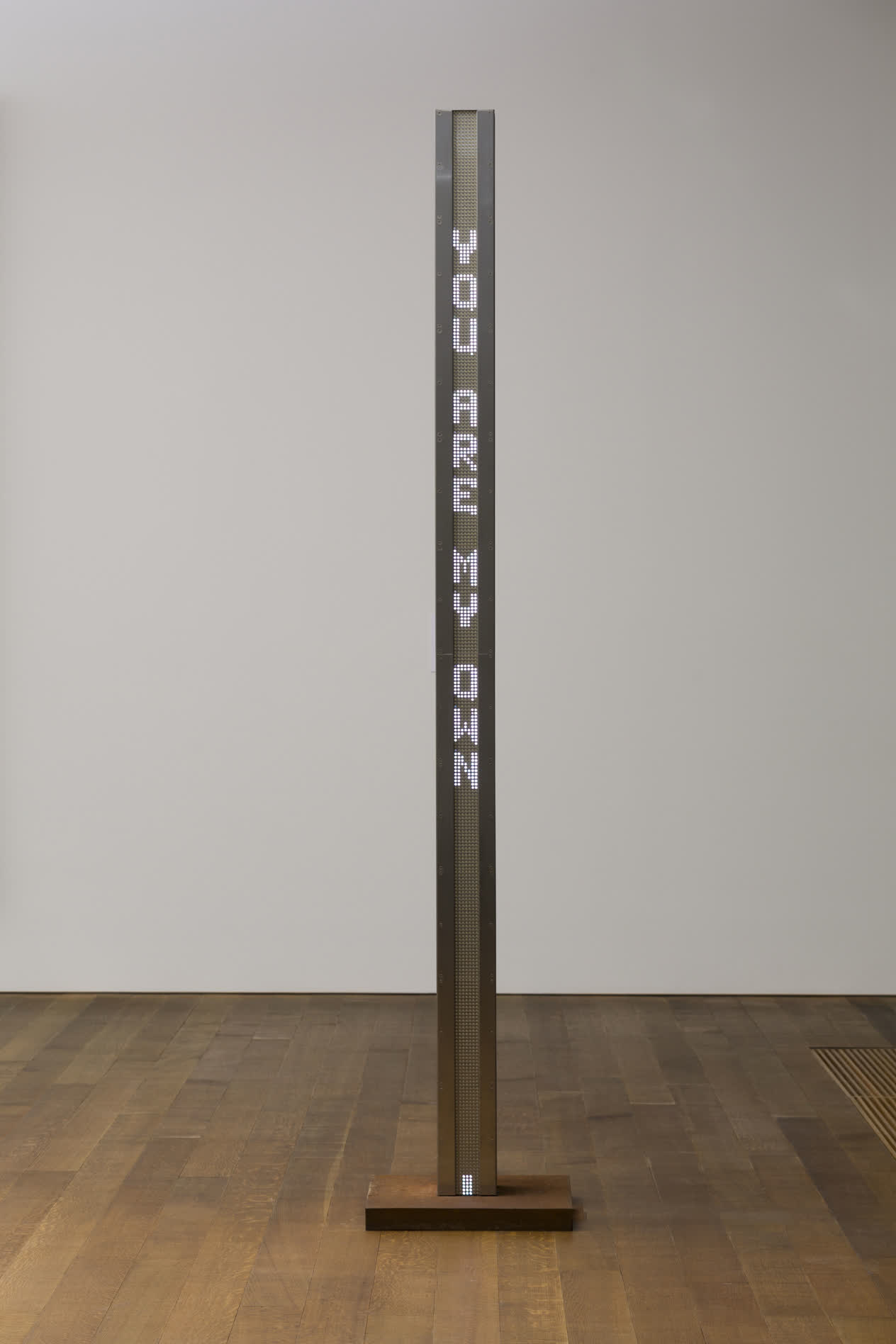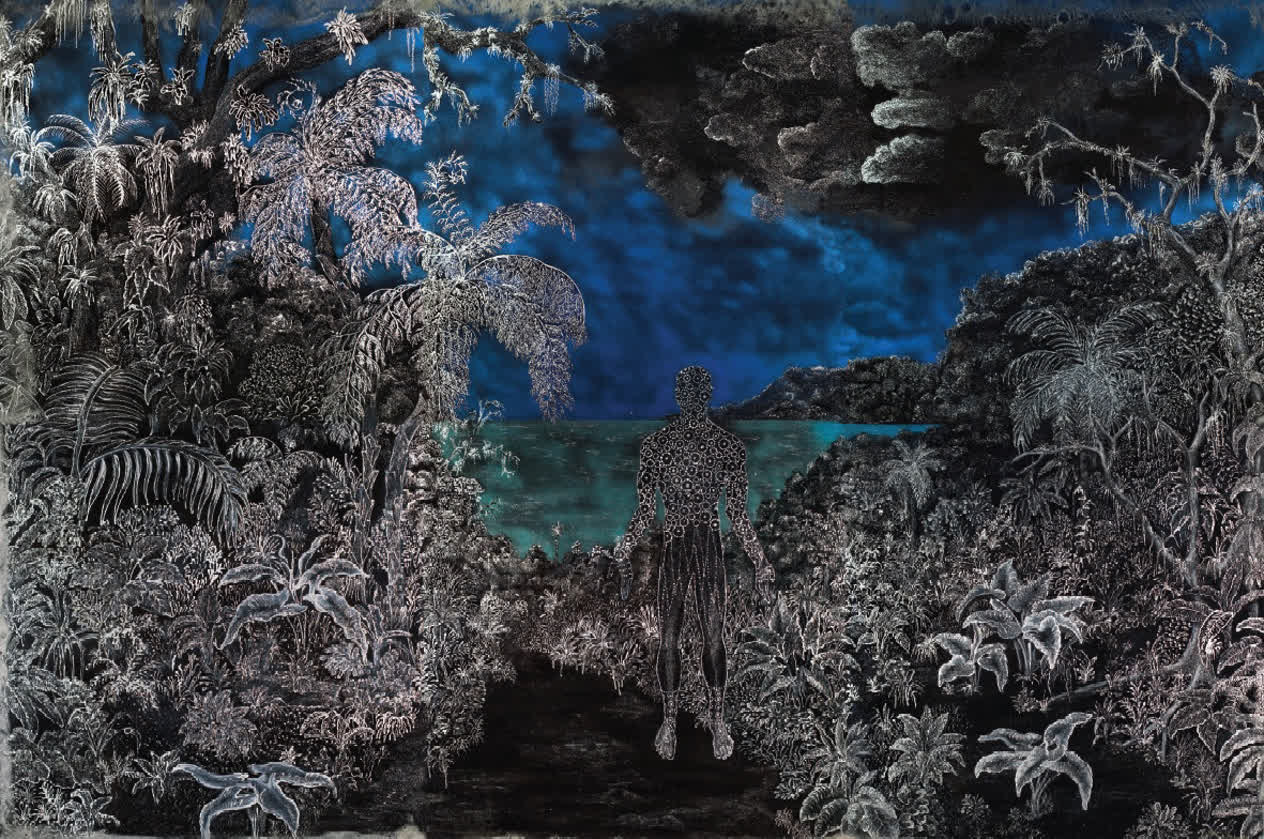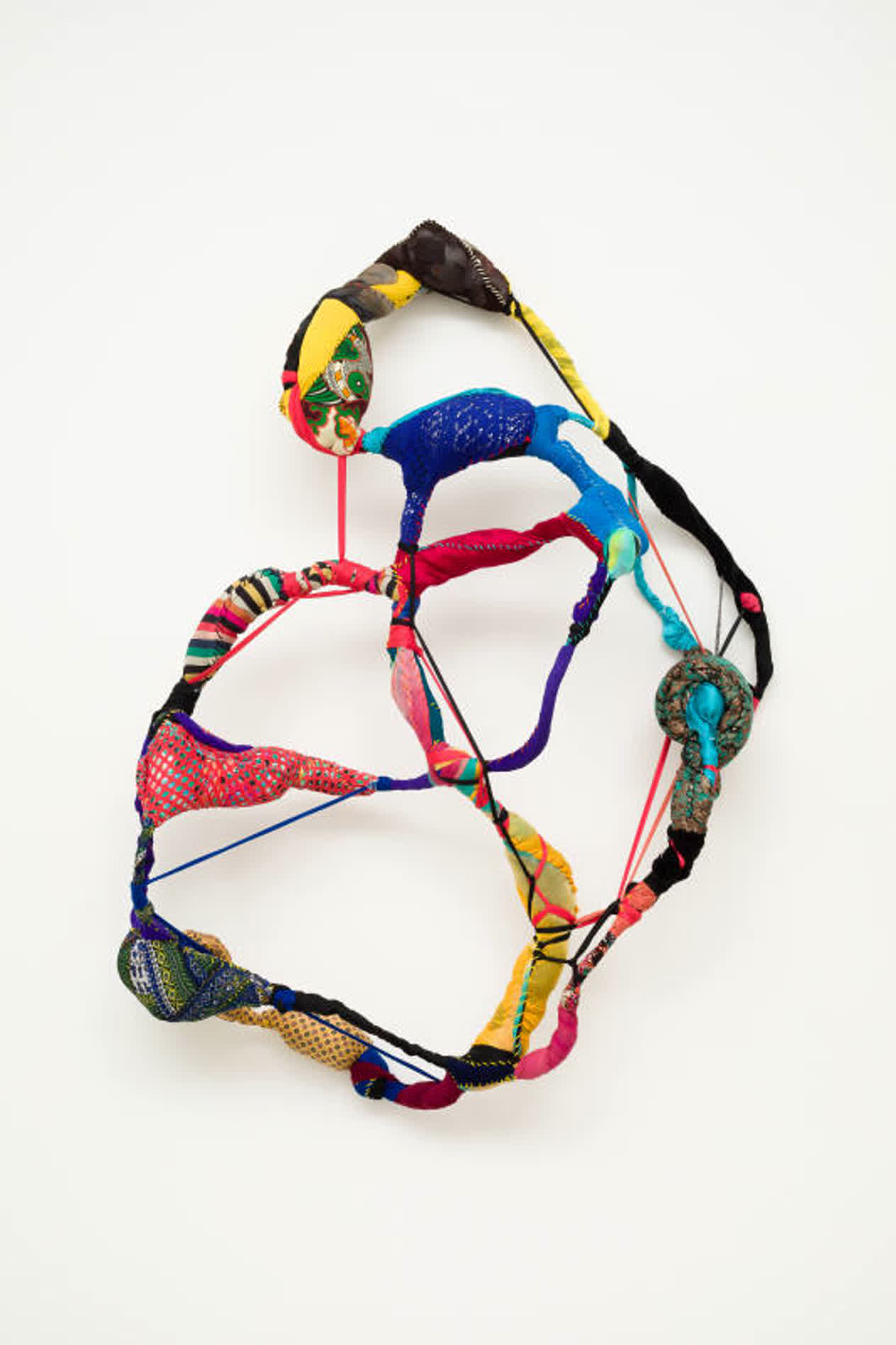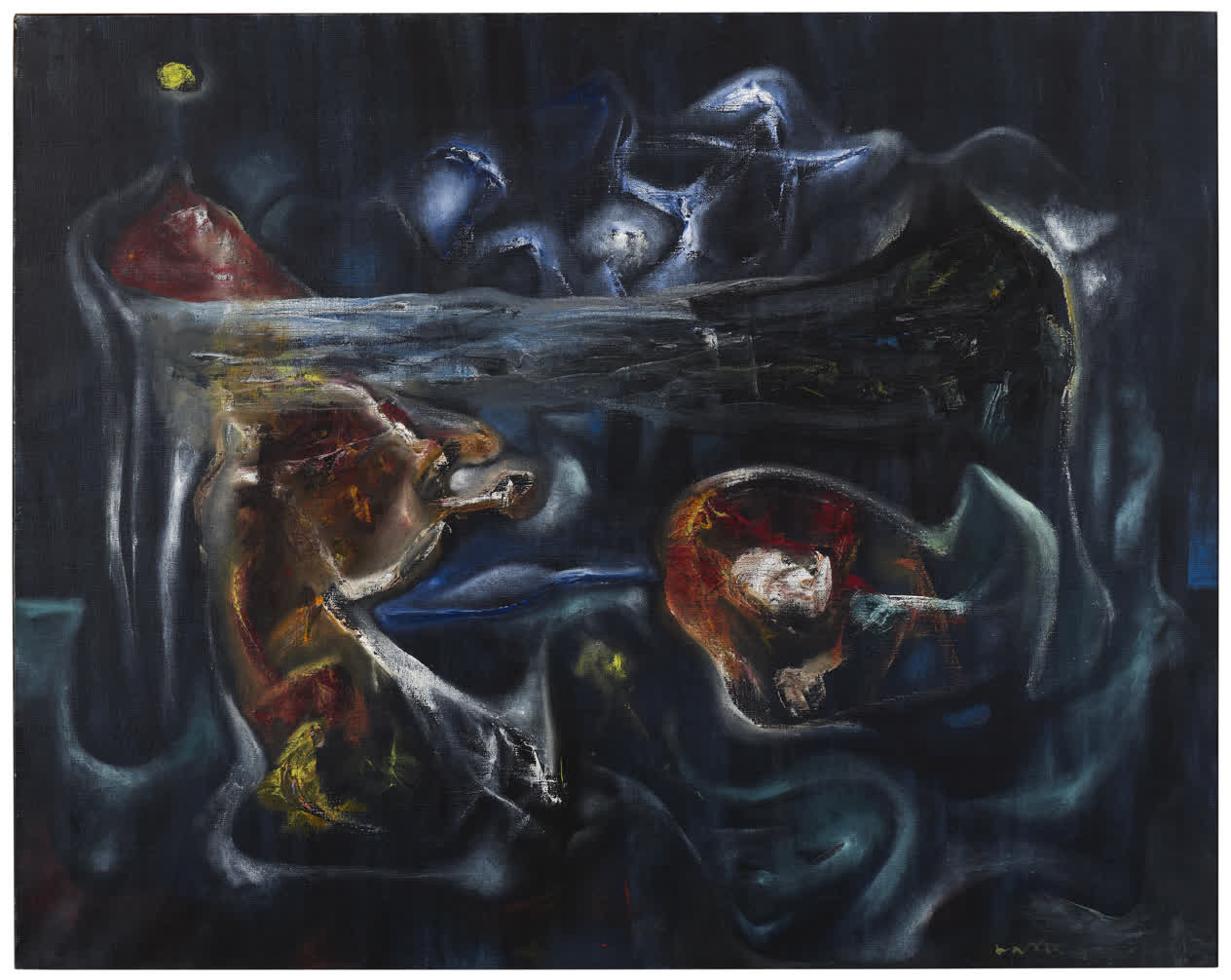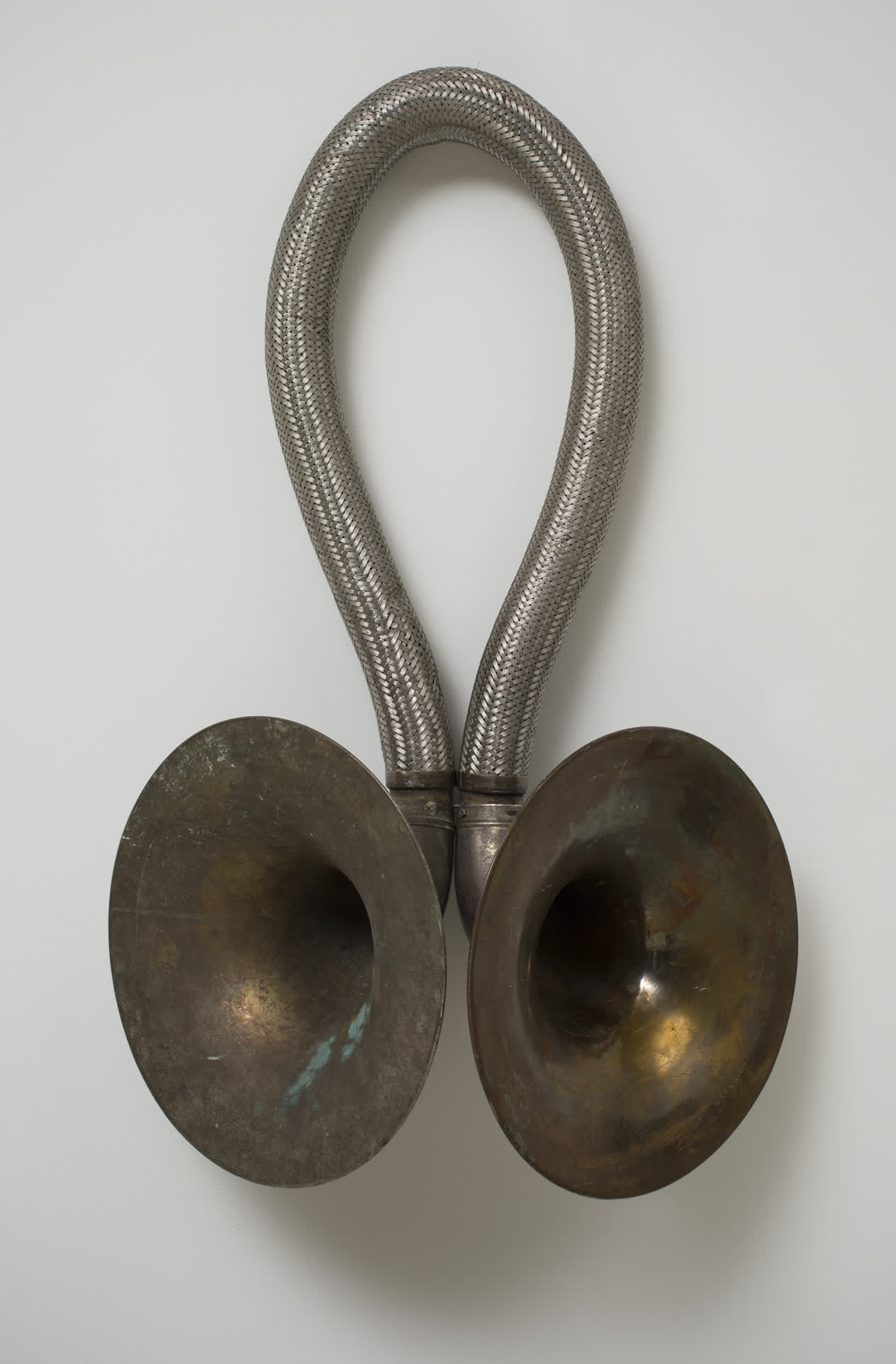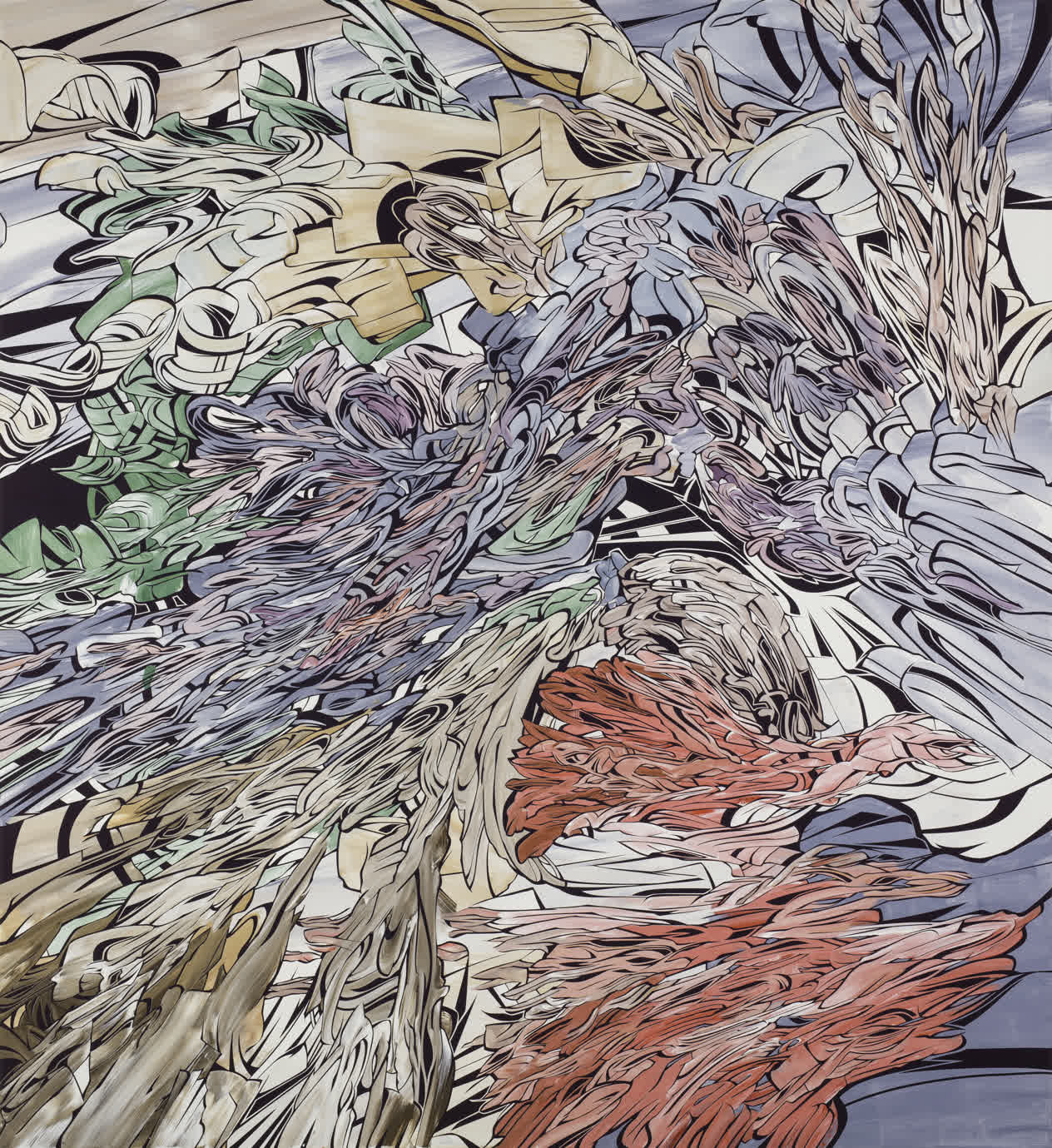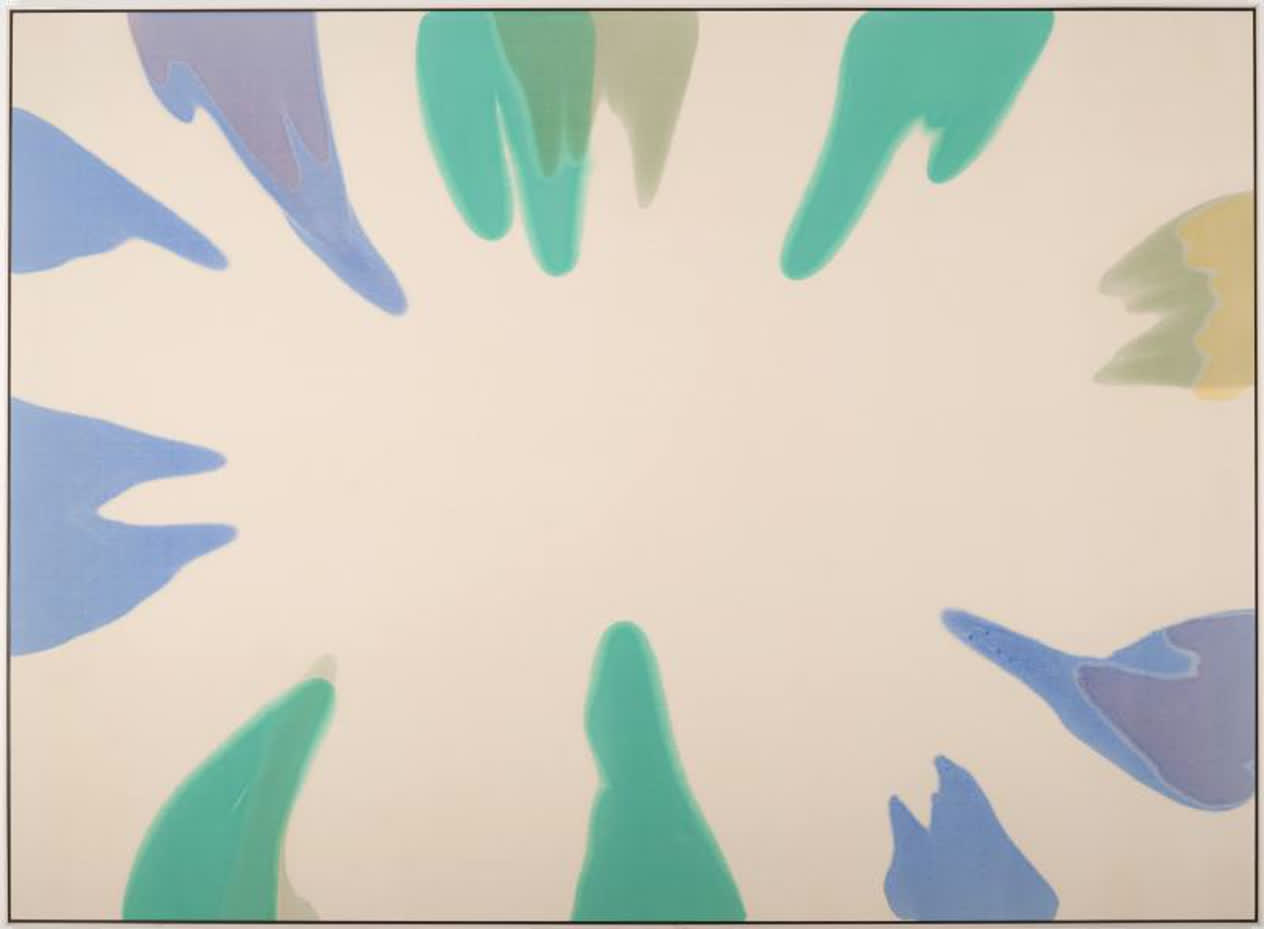Video by Madelyn Perez. ©2020Pérez Art Museum Miami
Carmen Herrera Alba 2014
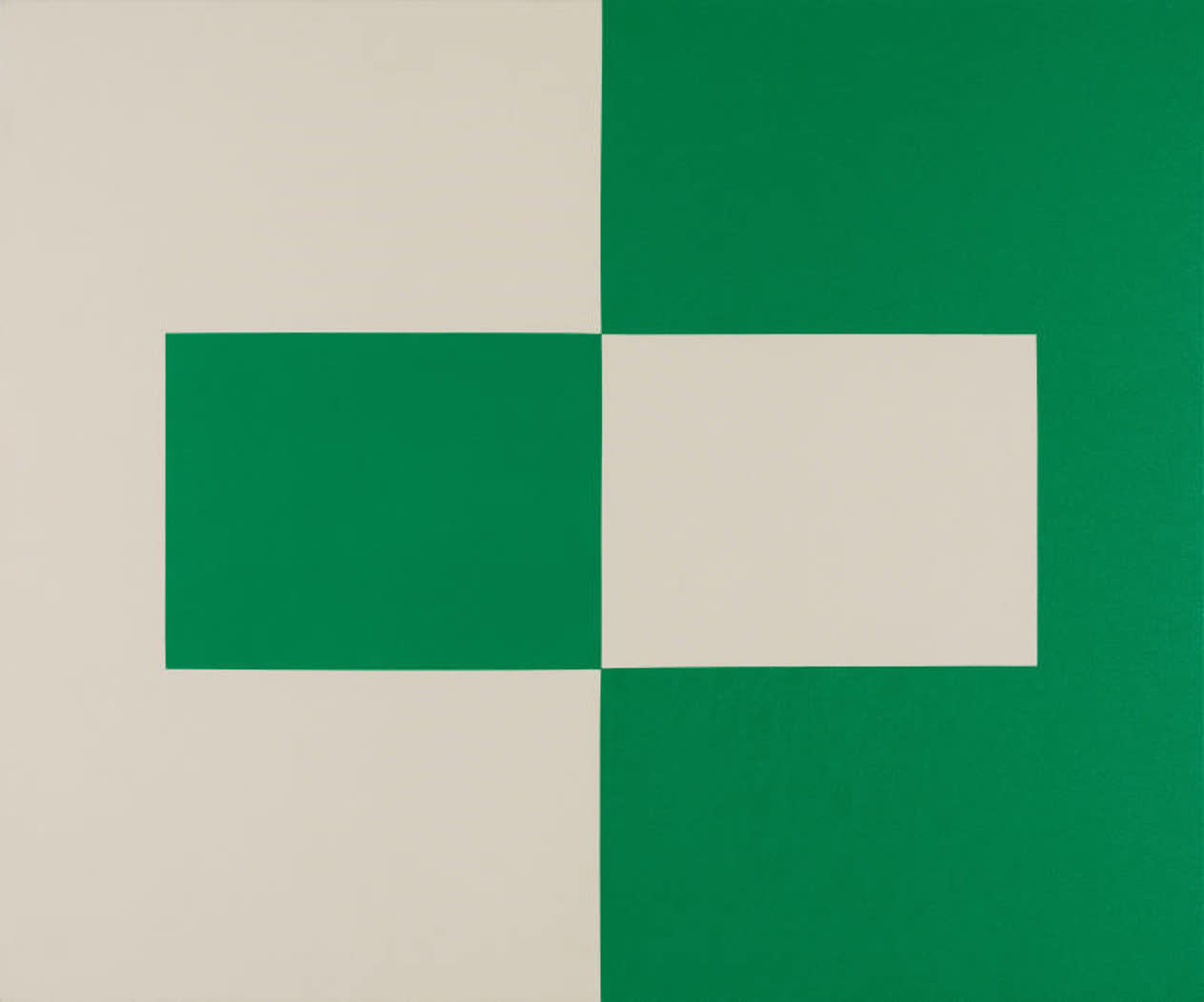
© Carmen Herrera

Carmen Herrera is one of the most significant Cuban painters of the 20th century, and is considered a pioneer of contemporary hard-edge geometric abstraction. She forged her distinctive style while living in Paris in the years following World War II, influenced by artists such as Josef Albers, Max Bill, Amelia Peláez, and the painters associated with the Bauhaus and Madí groups. Her investigations anticipate those of Op art and Minimalism, with which her work is often associated. Her approach is one of radical simplicity, yet it prompts the viewer to attend to subtle details that have been carefully structured by the artist. In Alba, she juxtaposes bright-green acrylic paint with the off-white of raw canvas. Through her simple play with rectilinear shapes, Herrera creates a dynamic composition that evokes movement and depth.
Identification
Title
Alba
Production Date
2014
Object Number
2016.24
Credit Line
Collection Pérez Art Museum Miami, museum purchase with funds provided by PAMM’s Collectors Council
Copyright
© Carmen Herrera
https://www.pamm.org/en/artwork/2016.24
Copy artwork link
Physical Qualities
Medium
Acrylic on canvas
Dimensions
60 x 72 inches
Visual Description
Alba, by Cuban born artist Carmen Herrara, is an acrylic painting on canvas. It measures sixty inches, or five feet, by seventy-two inches, or six feet. Alba has a landscape orientation, meaning the side that measures six feet, its longer edge, is parallel to the floor when seen hanging on a gallery wall.
The painting is an example of geometric abstraction, in its truest sense, because of its bare and simplified shapes, sharp ninety-degree angles, and lack of any visual representation. The entire canvas is organized around a vertical line of symmetry, starting at the top of the canvas and reaching to the bottom, that perfectly divides the canvas down the middle. On the viewer’s left, this portion of Alba is unpainted, exposing the neutral off-white color of untreated canvas. The untreated off-white canvas extends to the top, left, and bottom edges of the frame. The unpainted canvas ends abruptly at the central line of division. From this line moving right, the other half of the rectangular canvas is painted entirely in a saturated green hue, establishing a sharply divided off-white on the left and green on the right rectangular artwork.
In the center of is painting, is a smaller rectangle, that inverts the established color scheme of the larger canvas. This central rectangle is green on the left and unpainted on the right.
The smaller rectangle comes short of stretching to the extreme left and right edges of the canvas. On either side, there is a strip around six inches wide of the underlying opposite color. In a way, it looks like the green and beige rectangle are both occupying, and being occupied by, one another.






